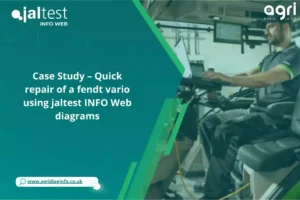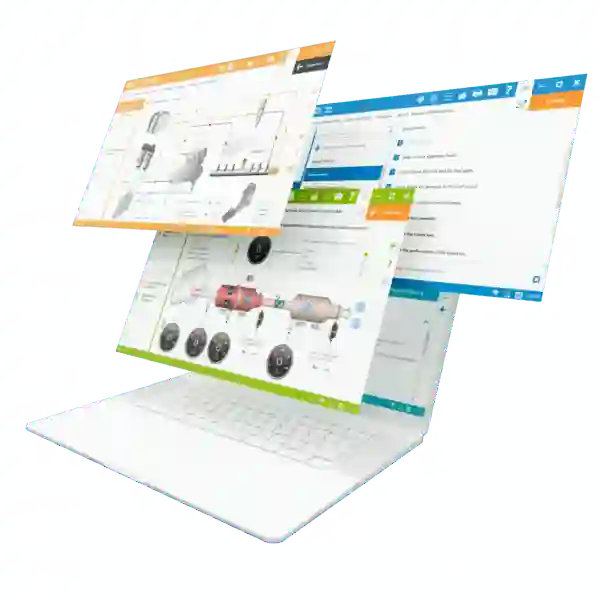A warning light appears. A code is displayed. But the vehicle keeps running.
Should you ignore it? Clear it? Wait for a breakdown?
👉 Every fault code is an intelligent alert. It signals that an electronic system has detected a malfunction.
When correctly interpreted, it can prevent engine damage, reduce downtime, and save the cost of a service call.
With jaltest info web— repair guides and wiring diagrams — you can resolve most faults quickly, even without going through an authorized garage.
Volvo fault codes can seem cryptic, but they’re crucial for understanding what’s wrong with your truck. In this guide, we break down their structure and meaning.
Everything You Need to Know About Volvo Fault Codes
Volvo trucks and commercial vehicles use standardized DTCs (Diagnostic Trouble Codes). These typically include:
| Element | Meaning | Example |
| MID | Module identifier | MID 128 = Engine |
| SID / PSID | Specific component | PSID 230 = Pressure sensor |
| FMI | Fault type | FMI 7 = Incoherent signal |
👉 Example: MID 136 SID 254 FMI 3 = Transmission temperature anomaly
🛠 What You Need to Efficiently Decode and Repair Volvo Faults
To go from fault code to solution, you need three key resources:
1. A Reliable Repair Guide
This explains:
- What the code means
- The most likely causes
- The testing procedures
- Possible solutions
2. A Clear Wiring Diagram
To help you visualize:
- Signal paths
- Connectors to inspect
- Components related to the fault
3. Diagnostic Tools
Ideally, a platform like Jaltest INFO Web, which centralizes all of this:
Code lookup, sensor location, step-by-step repair guides, and intervention reports.
✅ Simple Steps to Address a Volvo Fault Code
- Read the code via your technical data platform (e.g., MID 128 SID 231 FMI 5)
- Interpret the fault using a reliable guide (e.g., engine oil pressure issue)
- Consult the wiring diagram to check sensor, wiring, connectors
- Test components (electrical values, visual inspection)
- Fix the issue and log the action in your service history
⚠️ Don’t Ignore Intermittent Faults
A code that clears on restart can still indicate an underlying issue.
⚡ Electrical leaks, aging sensors, or corroded grounds can cause hard-to-trace problems.
With interactive schematics, you save time and avoid unnecessary disassembly.
🔧 Real-World Example
Code: MID 144 PSID 230 FMI 7
Issue: Incoherent brake pressure sensor signal
Solution: Cleaned sensor and checked wiring harness
Time saved: Self-repair completed in 45 minutes, vehicle back in service without technician delay
✅ Conclusion: Fault Codes Are Tools — Not Obstacles
Fault codes are not a nuisance. They’re a decision-making tool.
With the right technical resources, you gain:
- ⏱ Time
- 💶 Savings
- 🧰 Autonomy
- 🚛 Improved fleet management
📩 Contact our team for a free, personalized demo of Jaltest INFO Web.
Take control of your Volvo fleet — one fault code at a time.












